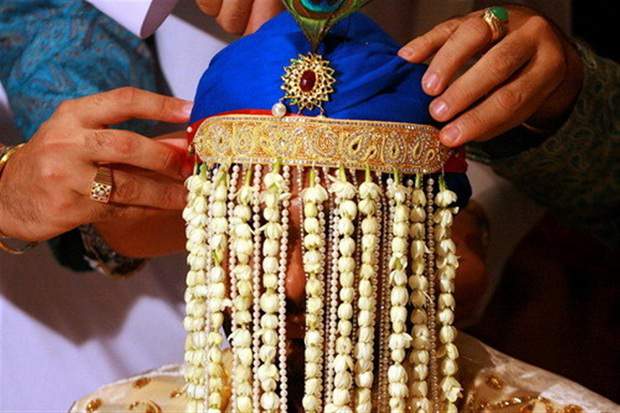During Chapter 17 The Wedding in The Milk Line I needed a reason for the prince to not see his bride until it was too late. I didn’t know too much about Indian weddings so I started searching the internet.

Imagine how excited I was to find out both the women and men cover their faces during weddings!

Arsi Mushaf ceremonies may be common and well-known in some cultures, but I had never heard of them and wanted to include one in my stories.

Here is an excerpt from a wonderful blog I found online describing the ceremony:
One of my favourite wedding ceremonies is called the Arsi-mushaf.
It is very common in Awadh and families of Awadh origin and takes place after the #nikah ceremony. Arsi means mirror while Mushaf means a book and is used for referring to the Holy Quran. Interestingly the word arsi Is from Hindi and mushaf from Arabic.
Traditionally as marriages were arranged the bride and bridegroom first set eyes on each other after the nikah. The bride and groom are covered by a dupatta and a copy of the Holy Quran placed between them to seek divine blessings. A mirror is also kept.
The groom is asked to write the Surah Ikhlas with his finger on the bride’s forehead.
Elders from the bride’s family will guide the couple as can be seen in this recent photograph from Heba’s wedding.
This ceremony takes place in tje bride’s house after the nikah. After that the groom gets an opportunity to see the bride’s face in the mirror.
I remember the banter of the bride’s sister’s & aunts who will tease the eager bridegroom. You have to say “Biwi aankhen kholo main tera Ghulam!” While the poor bride seats head bent low, everyone has fun. The highlight for the family of course is teasing the groom and saying she won’t open your eyes till you proclaim ghulami ❤️ I remember my time. We had of course met earlier but there’s something special about the occasion. The teasing, the romance, the sweet anticipation ????These were ceremonies held in times when weddings were sweet and family affairs.
